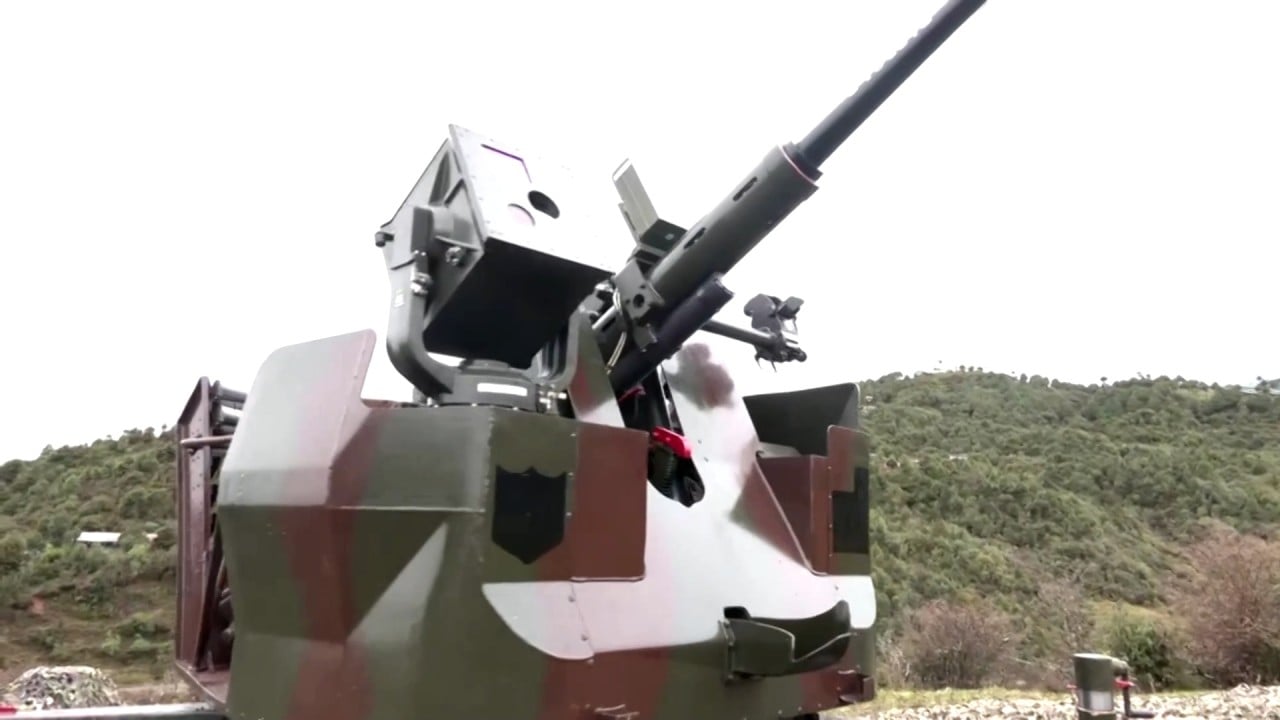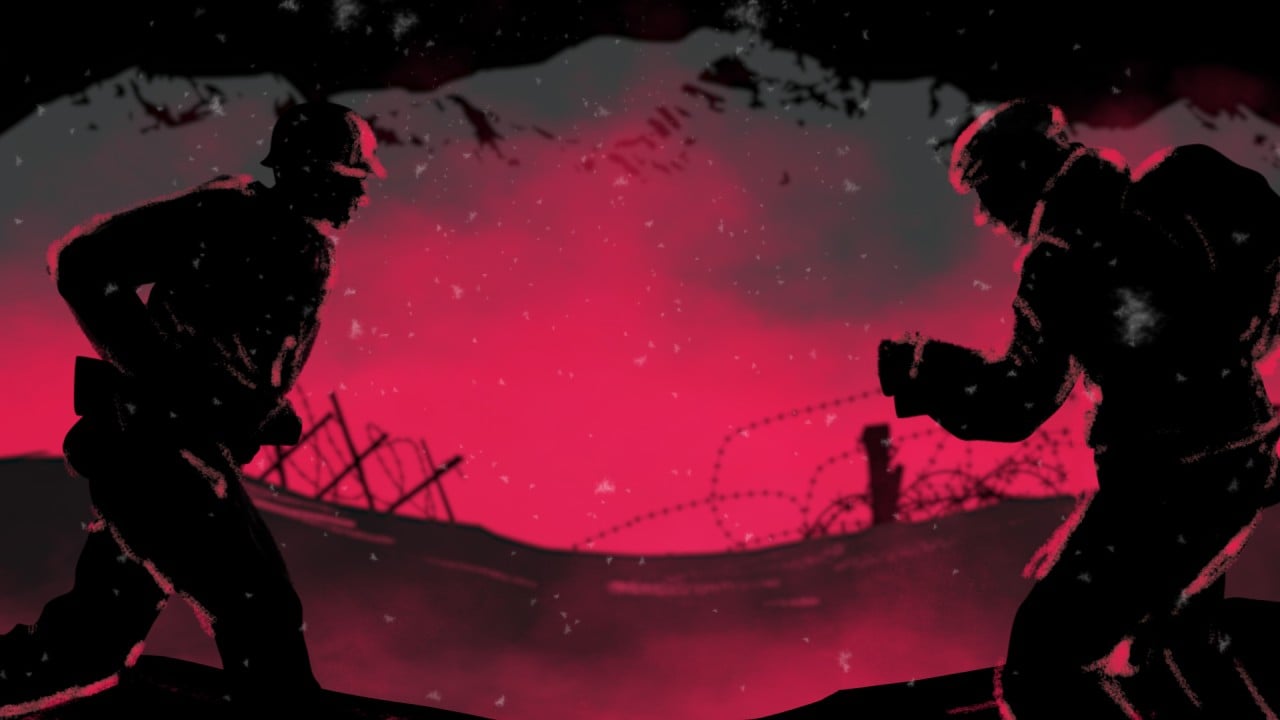
China-India border: building boom in the Himalayas as Beijing shores up troops and weapons for winter
- Social media images show structures designed for military assets of strategic value, such as a command centre, hangars or missile storage, say experts
- In aftermath of 2017 Doklam stand-off, strategic observation posts with windproof underground bunkers were more common along the border, says CCTV
Posts appeared on Chinese social media showing the subterranean structures and quoted experts at a recent impact dynamics seminar organised by State Key Laboratory of Explosion Science and Technology in Beijing as saying they were designed for military assets of strategic value, such as an underground command centre, hangars or missile storage.
Zhou Chenming, a researcher from the Yuan Wang military science and technology think tank, said building the underground projects along the China-India border was intended to provide a safe living and working environment for PLA troops stationed in the remote region.
“Those underground barracks were built at the front line over 5,000 metres [16,000 feet] above sea level as defensive lines to prevent any raids from the Indian side,” Zhou said.
“Those bunkers could be used as barracks and ammunition storage, while soldiers stationed at the second defence line all live in thermal insulation composites with comprehensive domestic installations, such as greenhouses and hot water.”
Zhou said the PLA had built underground facilities as safe shelter for frontline troops since China fought in the Korean war (1951-1953), although modern technology and earthmoving machinery had improved construction.
“All the bunkers look like cut-and-fill type facilities from the outside, with some entrances with camouflage coverage.”
The Doklam stand-off was triggered by road construction disputes between China and India, which added to national animosity left over from their bloody border skirmish in 1962 which left thousands dead, wounded or missing.
In 2019, the New Delhi-based The Print website cited satellite imagery, saying the PLA’s Tibet Military District had been upgrading two big-scale underground facilities in Lhoka, bordering Tibet and India, since the Doklam stand-off.
The Print said underground bunkers, which China built in late 1990, had been expanded to include intense security with access control systems, and it speculated they might be used to store ammunition and missiles, as well as serving as the Tibet Military District’s headquarters.



